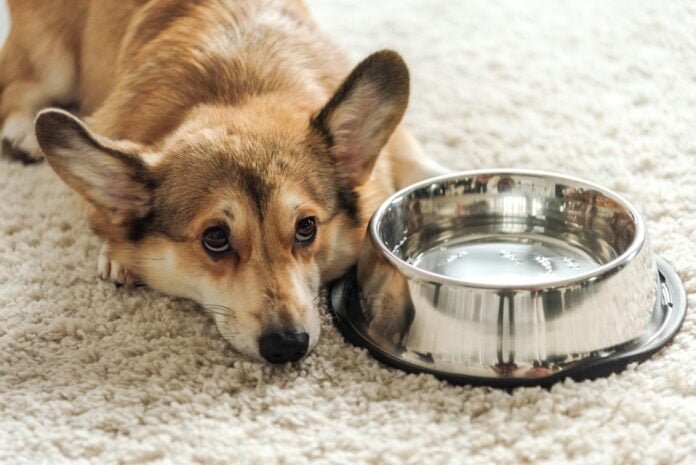

Hey there, fellow dog lover! If you’ve recently found yourself saying, “My dog has parvo but is drinking water”, you’re probably a mix of concerned and confused. And who could blame ya? Our furry buddies mean the world to us, and any sign of them not feeling their perky selves can set our hearts racing. Well, don’t hit the panic button just yet.
We’re here to provide some warmth, a friendly pat on the back, and, more importantly, professional insights into what’s going on with your four-legged friend. As dog owners ourselves, we get how daunting this situation might feel. But let’s journey together through this, answering your burning questions and ensuring your peace of mind. By the end, you’ll be well-equipped with knowledge, and trust us, that first step is crucial for what comes next. So, let’s dive in, shall we?
What is Canine Parvovirus
You’ve probably heard the term “Parvo” tossed around a time or two in the dog park, especially if you’ve ever exclaimed, “My dog has Parvo but is drinking water.” But what exactly is this pesky culprit? Parvovirus, often just called Parvo, is a highly contagious virus that primarily affects our canine companions. It’s like that flu going around but for our fur-babies, and trust me, it ain’t fun.
Now, how does Fido catch such a thing? Well, direct contact with an infected dog or even just their droppings can spell trouble. And here’s the kicker: the virus is resilient and can survive on surfaces for months. Do those chew toys or bowls? Prime real estate. Scary, right?
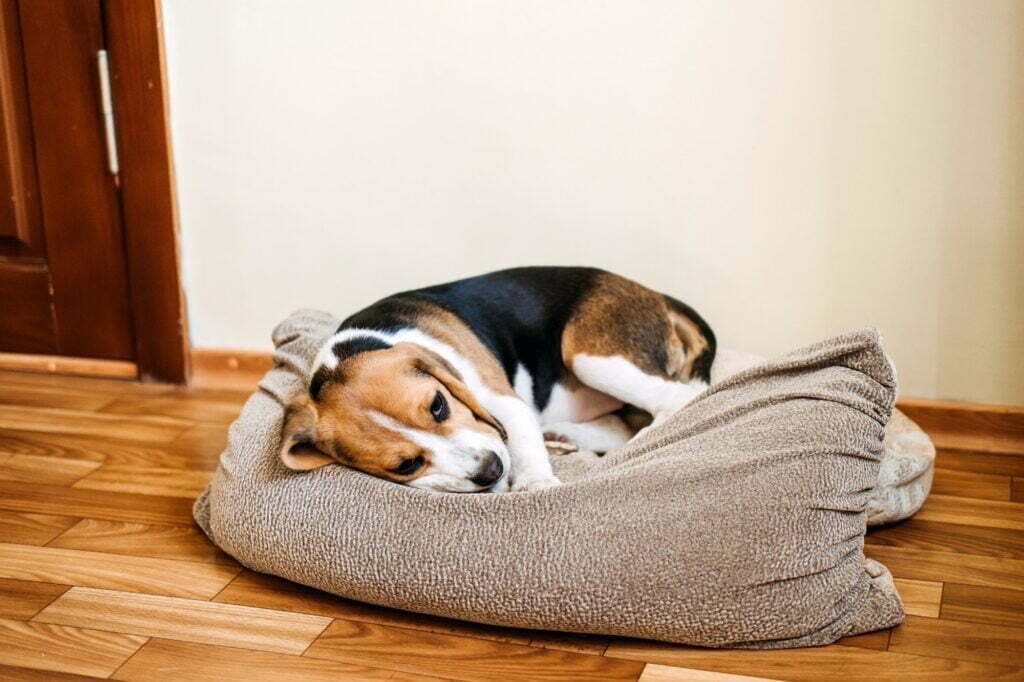

Now, let’s talk brass tacks. If you haven’t taken your dog to the vet in years, it’s high time to rethink that approach. Early detection of nasties like Parvo can seriously up the ante in your dog’s battle. Regular check-ups aren’t just for us two-leggers; they’re vital for our pups, too.
Alright, with that base knowledge in hand, let’s move on to recognize the signs when our loyal pals might be feeling under the weather.
Spotting the Symptoms: Beyond Just Drinking Water
Okay, y’all, let’s get real. If our best fur-friends are sick, they can’t just tell us what’s up. So, we gotta be on our A-game when it comes to spotting those red flags. Sure, you’ve mentioned, “My dog has Parvo but is drinking water.” But that’s just one piece of this puzzle.
Early Signs of Parvo:
- Vomiting: It’s not just the aftermath of scarfing down that sneaky trash treat.
- Lethargy: If your once hyperactive fur missile now looks more like a sluggish sloth, pay attention.
- Bloody Diarrhea: Yeah, it’s gross, but it’s a big ol’ flashing warning sign.
- Loss of Appetite: When Fido turns his nose up at his favorite chow, it’s not him being boujee.
- Dehydration: Even if they’re guzzling water like it’s going out of style.
Now, if you’re nodding along thinking, “Yep, that sounds like my pup,” you’re probably aching to get to the bottom of it. Why’s your buddy drinking up a storm despite these symptoms? Good question. Let’s dive deeper into decoding our doggo’s behaviors and find out.
My Dog Has Parvo But Is Drinking Water: Decoding the Behavior Behind It
So, we’ve established our furry pals got their quirky ways, right? But when your doggo’s guzzling water despite that gnarly Parvo diagnosis, it ain’t just them being oddballs. Here’s the 411(the relevant information or the truth.): the thirst mechanism in our four-legged friends kicks into overdrive when they’re dehydrated. Parvo can cause significant fluid loss, leading to a spiked thirst. Simply put, they’re trying to compensate. Hydration becomes a lifeline, even with Parvo in the mix.
By the by, since we’re on the topic of cute canine quirks, ever seen your pup drop their head and pop their bum in the air? That’s a classic ‘play bow’. Not Parvo-related, but just them sending an invite to a fun playtime session. Adorable, huh?
Alright, now that we’re getting the hang of these behaviors, let’s shift gears a bit. With all this water drinking, are there signs our furry friend is on the mend? Let’s unpack that next!
The Recovery Signs: Is Your Dog Healing?
As we wade through the murky waters of Parvo, it’s heartening to know that not all signs are doom and gloom. Healing isn’t just a hope; it’s a possibility. Recognizing improvements can be like hitting the jackpot for worried pet owners. Here’s what to keep an eye on:
- Vomiting Stops: Ain’t that a relief?
- No More Bloody Diarrhea: Thank goodness!
- Increased Appetite: They’re getting their chow down groove back.
- Increased Activity: Your pup’s got pep in their step again.
- Interest in Food: Not just lapping up water, but sniffing around the food bowl.
When you start noticing these signs, you might just want to do a little victory dance. Your dog’s fighting spirit’s shining through.
But hey, we ain’t done yet. We’ve spotted signs of healing, but what’s the timeline here? How long’s this recovery road? Grab your leash; we’re moving on to explore that next.
Understanding the Parvo Recovery Timeline
Hey there, dog lover! Buckle up, ’cause we’re diving deep into the day-by-day of Parvo recovery. You ever track a package, anticipating its arrival? Well, spotting signs of your pup’s recovery is a bit like that, only way more rewarding!
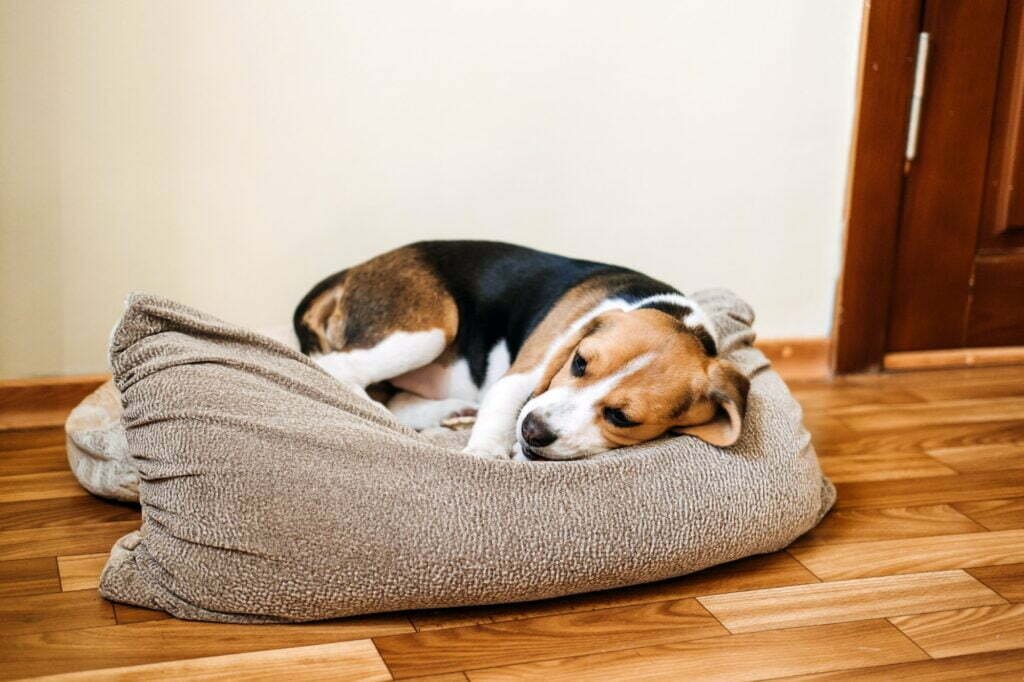

- Day 1-3: It’s the rough patch. The symptoms hit hard, but with prompt care, many dogs pull through.
- Day 4-7: Here’s where the magic starts. Appetite sneaks back, and energy levels might perk up a tad. They ain’t running marathons yet, but it’s a promising start.
- Day 8-10: If things are looking up, you’ll see more pep and a keener interest in food. Heck, they might even bring you their favorite toy!
But recovery ain’t just about getting through the storm; it’s about preventing the next one. Now that we’ve got the 411 on recovery, let’s take a stroll down prevention lane. Onwards, pal!
Preventing Parvo: How To Keep Your Pooch Safe
Alright, folks, now that we’ve got the lowdown on Parvo, let’s chat about keeping that tail waggin’ and your pupper safe from this nasty virus.
- Vaccinations: Numero uno, the big kahuna! Nothing, and I mean nothing, beats a solid shot in the arm—or, well, the leg for our four-legged pals. Vaccinations are like that superhero cape every pup deserves.
- Hygiene and Cleanliness: Cleanliness is next to dogliness, right? Regular baths, clean bedding, and spotless feeding areas can make a world of difference. And while we’re on the topic of hygiene, let’s talk about pests. Apart from Parvo, it’s the ticks and other crawlies that can be a real pain in the tail. Ever seen a black fly bite and wondered if it’s a tick? Here’s a tip: Ticks hang on, black flies split. So, keep those peepers peeled, and make sure to check your doggo regularly. Clean surroundings = fewer pests = happy pup!
- Avoiding Contaminated Areas: If you’ve heard the buzz about a Parvo outbreak, it’s best to play it safe. Stay clear of dog parks or other common canine hangouts for a while.
And there you have it! It’s all about mixing caution with care. But wait, there’s more in the canine conundrum bucket. Ever wondered why your dog might be chugging water but ignoring their chow? Let’s move on and dive into that mystery!
My Dog’s Not Eating But Drinking Lots of Water – What Gives?
Man’s best friend sure can throw some curveballs, can’t they? You might find Rover guzzling down water like there’s no tomorrow, but snubbing his favorite kibble. While this can sometimes be linked to Parvo (as we’ve already dived into), there are other reasons for this puzzling behavior. Stress, infections, or even underlying conditions like diabetes could be the culprits. It’s kinda like when we binge on ice cream but can’t stomach the thought of veggies. (Okay, maybe that’s just me.) Always important? Keeping that line of communication open with your vet. They’ll help you hit the bullseye on what’s bugging your buddy.
Alright, fellow dog lovers, while we’ve unraveled quite a bit, there are always more questions to paw through. Let’s move on and dig deeper into your burning queries!
Commonly Asked Questions: Quenching Your Thirst for Knowledge
Trying to understand “My Dog Has Parvo But Is Drinking Water”? We get it, navigating canine health can sometimes feel like a never-ending puzzle. But fret not, fellow dog lover! We’ve got the lowdown on this and other pressing Parvo questions you’ve been pondering.
Why is my dog with Parvo showing signs of getting better but not eating?
Hang tight! Recovery is a marathon, not a sprint. While Fido might be showing signs of getting better, his appetite might still be on vacation. The GI tract can take a bit longer to heal, causing a delayed appetite. Think of it as your dog’s tummy taking its sweet time to bounce back.
How long does it take for a dog to recover from Parvo?
On average, with the right care, most dogs start showing signs of improvement within 5-7 days. But, like bouncing back from a wicked hangover, complete recovery can take a couple of weeks. Patience is key, and ensuring your furry buddy gets all the care and love they need during this time is a game-changer.
Are there home treatments available for Parvo?
Here’s the deal: While some online sources might suggest home remedies, it’s super important to consult with your vet before trying anything. Parvo’s a serious biz, and DIY treatments might not be as effective (or safe) as the care your vet can provide. Safety first, pals!
How contagious is Parvo to other pets?
Let’s just say, if Parvo was a gossip, it’d be the talk of the town. It’s highly contagious among dogs, especially those that aren’t vaccinated. The virus can spread through direct contact or contaminated objects. So, it’s crucial to keep an infected dog away from other pups and maintain a squeaky-clean environment.
Do dogs with Parvo always drink water?
Not always. Some dogs with Parvo might be super thirsty, gulping down water left and right, while others might not show much interest. Dehydration from diarrhea and vomiting is a common symptom of Parvo, so a pooch might drink more to compensate. But, remember, every dog’s different, just like us humans. Some days we’re craving a cold soda, and other days, nada.
Alright, gang, now that we’ve shed light on some of these pressing questions, let’s move on and wrap things up with a neat little bow, shall we?
In Conclusion: Guiding Your Dog to Recovery
Look, owning a dog ain’t always rainbows and fetch games; sometimes it’s sleepless nights, endless Google searches, and hard decisions. But the love and loyalty we get in return? Priceless. It’s why we always hustle to give our four-legged family members the best shot at life. When dealing with something as gnarly as Parvo, don’t wing it.
Lean on your vet, keep those peepers peeled for any signs of improvement (or the opposite), and always, always, always stay in the know. The more informed you are, the better you can advocate for your pup. To all the dedicated dog moms and dads out there – big ups to you for your unwavering love and commitment. After all, every doggone day is a chance for a new tail-wagging adventure.

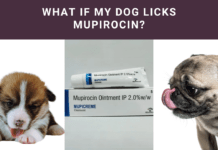
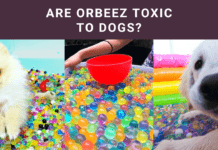
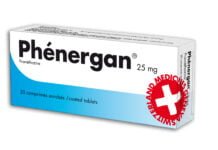

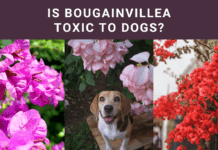

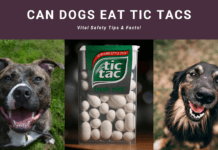










[…] My Dog Has Parvo But Is Drinking Water: What Does It… […]